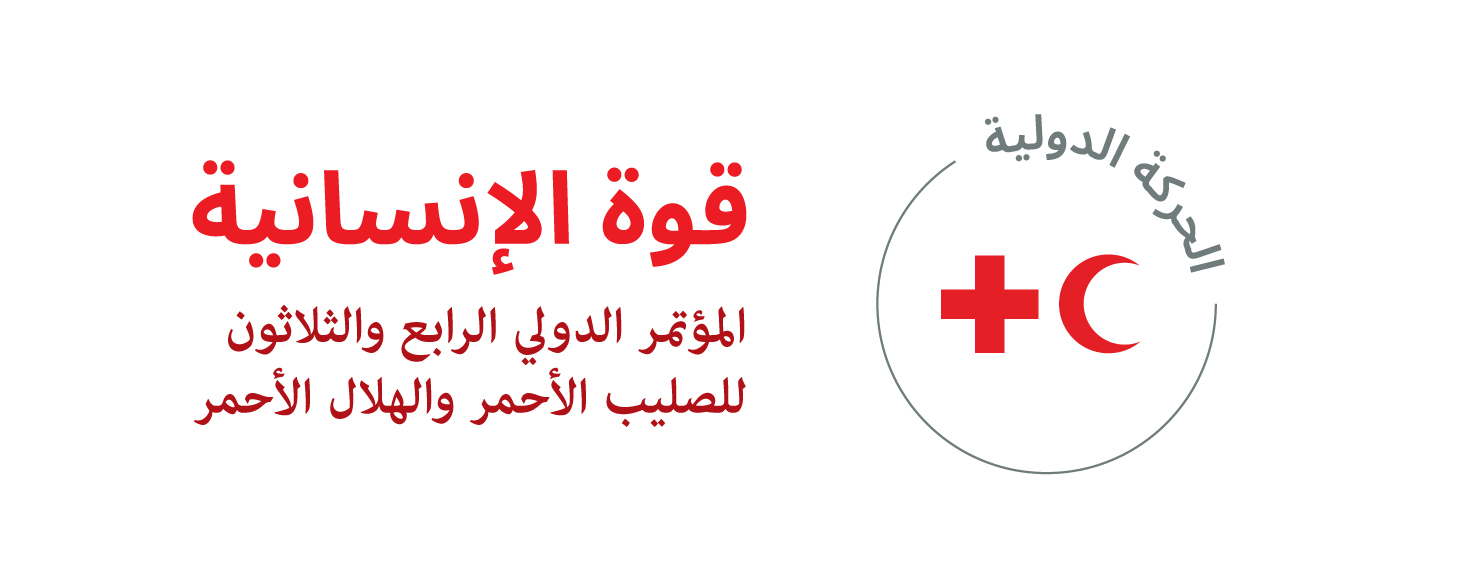هل الدولة/ الجمعية الوطنية/المؤسسة أدرجت الالتزامات الواردة في هذا القرار في الخطط الاستراتيجية أو التشغيلية ذات الصلة؟
نعمأُدرجت الالتزامات في كل مما يلي
الخطط التشغيلية
على المستوى الوطني, المستوى المحلي المستو
التفاصيل:
4. “emphasizes the need for promotion of active community engagement in outbreak prevention, preparedness and response, based on a multi-sectoral, multi-hazard and whole-of-society approach, and encourages States and national Societies to build on evidence-based approaches to Community-centric outbreak prevention, detection and response; “
The American Red Cross Disaster Health Services collaborates with the U. S. Centers for Disease Control and Prevention to conduct health surveillance during major disaster relief operations. This surveillance data assists federal, state and local public health authorities to monitor potential communicable disease and other reportable illnesses in both congregate and non-congregate settings. Additionally, this reporting enables Disaster Health Services to support American Red Cross Disaster Relief Operations in making informed decisions about implementing mitigation measures in shelters and other work sites when there are changes in communicable illnesses.
Please see health surveillance reports for Hurricane Ian and Maui Wildfires.
8. “calls upon Movement components, public authorities and all other actors to take appropriate steps, in accordance with their national and regional contexts, to ensure, as far as possible, that the health and safety of their volunteers and staff responding to epidemics/pandemics, including mental health and psychosocial well-being, are adequately addressed.
The American Red Cross has implemented robust enterprise policies and procedures to safeguard the health and well-being of its workforce. These policies align with U.S. Centers for Disease Control (CDC) guidance and mandatory reporting protocols. Notably, Disaster Cycle Services established a dedicated COVID-19 Care Team to support deployed personnel. The COVID Care Team offered a range of services, including:
Health Education: Providing essential information about COVID-19 prevention, symptoms, and safety measures.
Material and Emotional Support: Addressing the practical needs of workers while also attending to their emotional well-being.
Contact Tracing: Identifying and tracking potential exposure to COVID-19 among deployed staff.
This proactive approach underscores the commitment of the American Red Cross to ensuring the health and safety of its workforce during disaster relief operations. By combining practical support with emotional care, the organization continues to make a positive impact under challenging conditions.
Keeping Communities Safe and Adapting Mission Delivery
Since the beginning of the pandemic, the American Red Cross has adapted to deliver its lifesaving mission while safeguarding the health and safety of our employees, volunteers, blood donors and recipients, partners and clients. During Fiscal Year 2021, the Red Cross worked quickly to align safety protocols with evolving Centers for Disease Control and Prevention and Occupational Safety and Health Administration guidelines, which helped curtail community spread and prevent disruptions in service delivery. In response to emergencies, the Red Cross prioritized individual hotel rooms over large shelters, when possible, provided some of our critical services virtually, and distributed meals and relief items like clean up kits at pick-up sites so people could stay in their cars to avoid crowds. The Red Cross also created new COVID-19 online courses and workshops that helped people manage their mental health during the pandemic. To continue delivering essential lifesaving training, the Red Cross created virtual solutions to meet students where they were. The virtual skills training sessions provided students with the opportunity to complete the cognitive portion of the training course online and then have a Red Cross instructor test their skills through video conferencing — without the instructor and student ever having to interact in a classroom.
Providing COVID-19 Antibody Testing and Convalescent Plasma
Early in fiscal year 21, the Red Cross began testing all blood donations for COVID-19 antibodies. This effort helped provide blood donors valuable insight into whether they may have been exposed to the coronavirus and identified potential convalescent plasma donors to help patients actively battling COVID-19. Millions of blood donors rolled up their sleeves to get insight into their own health and provide a lifesaving blood product to those who needed it most during a challenging time. For nearly half of these individuals who rolled up their sleeves to give convalescent plasma, this donation was their first experience donating blood. Remarkably, a third of Red Cross convalescent plasma donors gave more than once during the pandemic. In fact, repeat convalescent plasma donors gave more than three times. The Red Cross collected and distributed more than 157,000 convalescent plasma units and was awarded a medal of recognition from Operation Warp Speed — a public-private partnership initiated by the U.S. government to facilitate and accelerate the development, manufacturing and distribution of COVID-19 vaccines, therapeutics and diagnostics — for the organization’s “outstanding support to the nation and its people.”
Supporting Vaccination Efforts
Our nation achieved an exciting milestone against the pandemic during fiscal year 21 with the emergency approval of COVID-19 vaccines. Across the country, Red Cross employees and volunteers rallied to support local communities with COVID-19 vaccination efforts by helping to set up vaccination sites, collecting information from people being vaccinated and providing water and snacks for the medical staff and people waiting to be vaccinated. Many Red Cross volunteers who are medical professionals helped give vaccinations to communities if their state licenses permitted them to do so. The Red Cross also supported vaccination efforts for U.S. service members on military installations, in treatment facilities and veterans’ hospitals around the globe. While communities continue to face this pandemic around the world, the Red Cross remains steadfast in delivering its lifesaving mission to make sure those in need receive help and hope amid this public health crisis.



